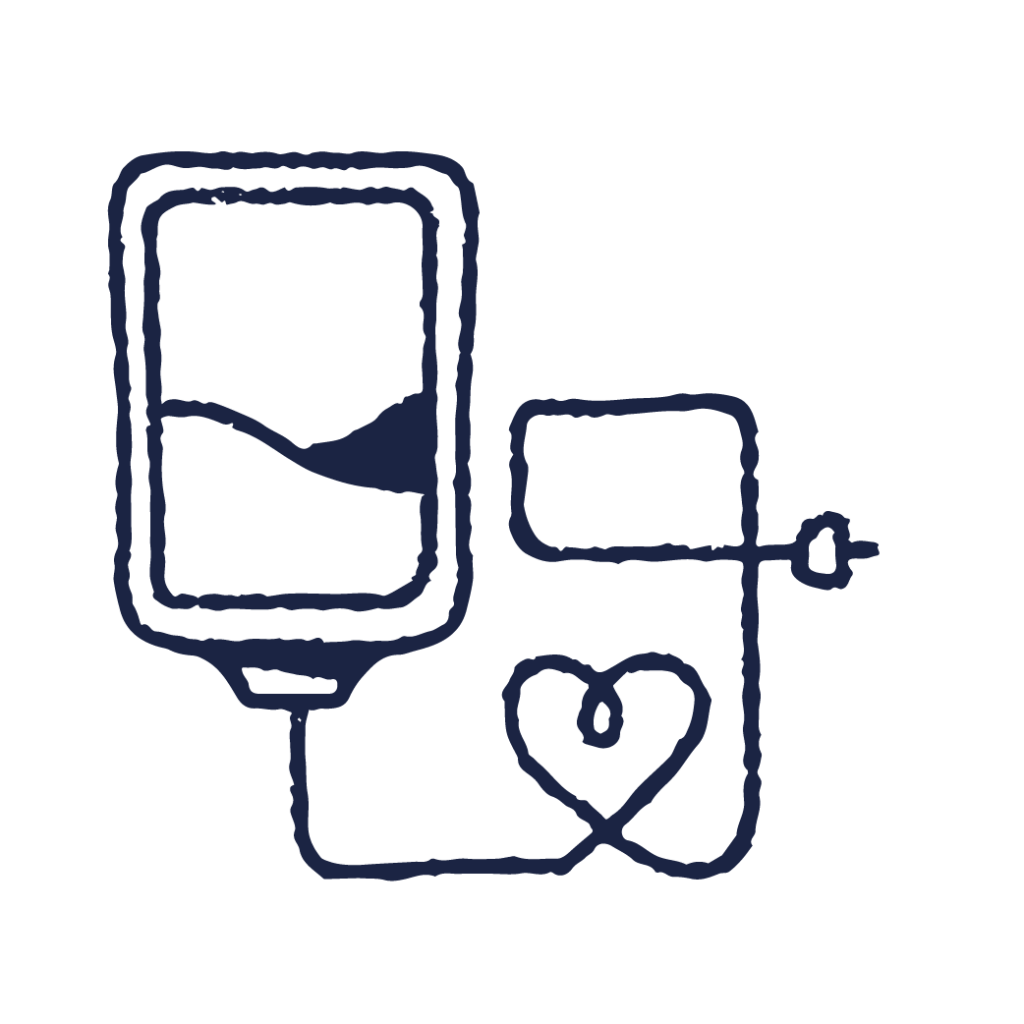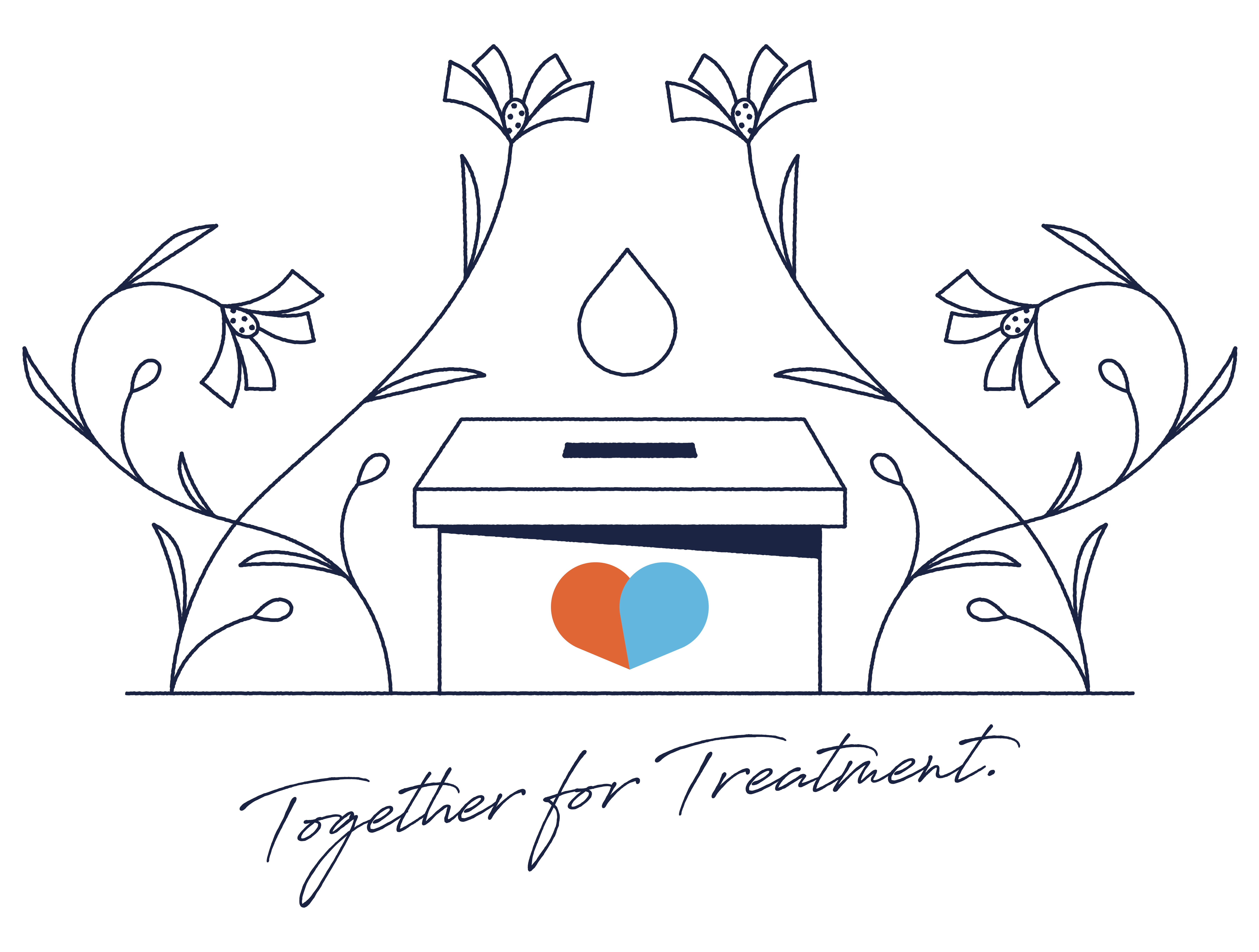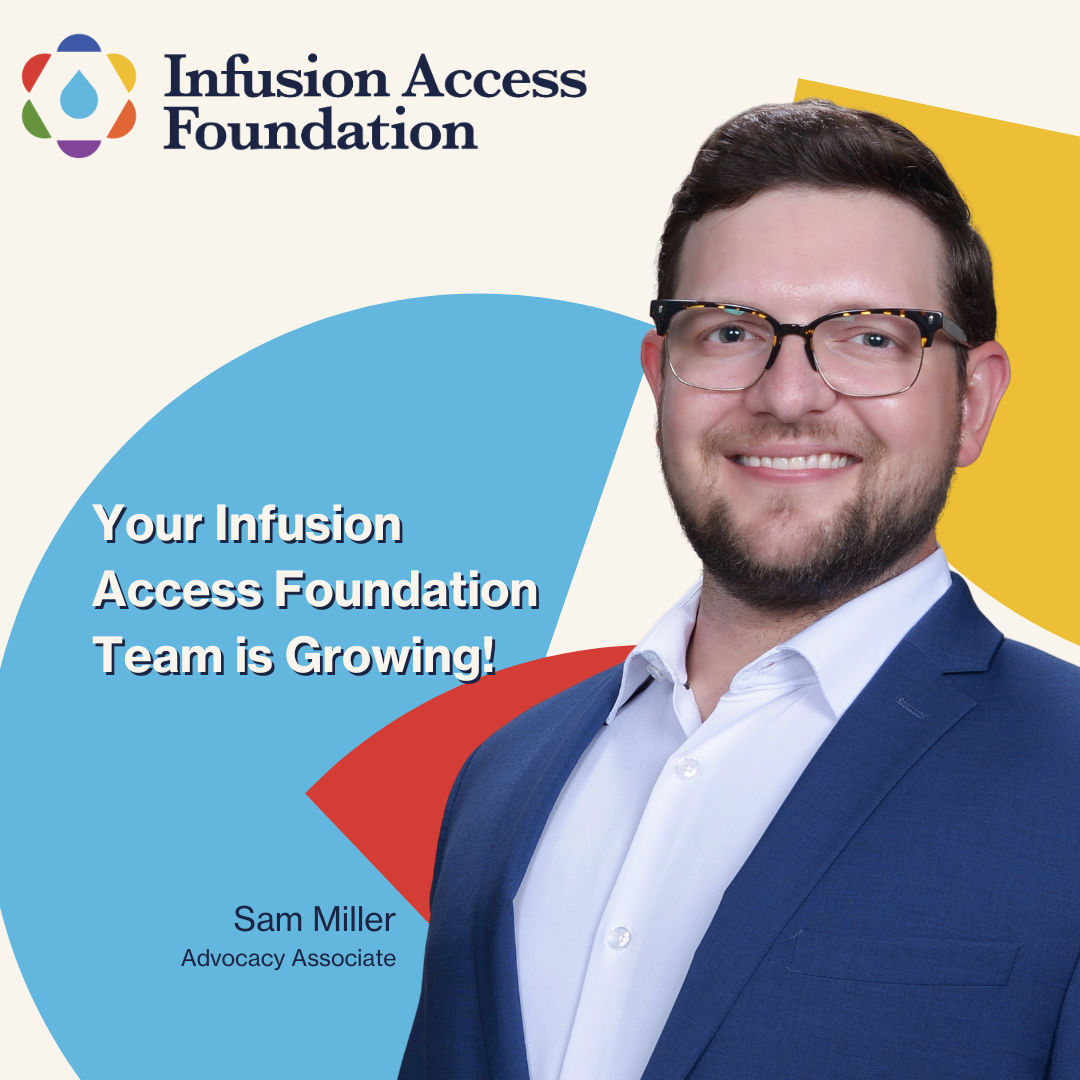In 2017, the National Academy for State Health Policy (NASHP) published model language for states seeking to address high drug prices through Prescription Drug Affordability Boards (PDABs). They define a PDAB as a committee independent of the state’s government, composed of five members appointed by the Governor and confirmed by the state’s Senate. The PDAB would have the authority to review the cost of select prescription drugs that they believe are unaffordable for patients. They would decide which drugs to review by collecting annual assessments on manufacturers, health plans, pharmacy benefit managers, and pharmacy wholesale distributors.

How PDABs Classify Drugs
Once the Board classifies a drug as unaffordable, the NASHP model language states that the PDAB will establish an upper payment limit (UPL) for the identified drugs. NASHP defines an upper payment limit as, “the maximum reimbursement rate above which purchasers throughout the state may not pay for prescription drug products.” The PDAB should establish a methodology for determining the UPL, considering administration costs, delivery costs, FDA drug shortage list status, the drug’s price in other countries, administrative costs related to production and delivery, and other relevant information.
Since the release of the NASHP’s model language, state lawmakers have become increasingly interested in prescription drug affordability boards and upper payment limits. The federal government has already enacted its version of upper payment limits through the Inflation Reduction Act (IRA), which allows Medicare to negotiate the maximum fair price for selected drugs identified as affordability challenges for patients. As for state governments, Colorado, Maine, Maryland, Minnesota, New Hampshire, New Jersey, Washington, and Oregon have all enacted their forms of Prescription Drug Affordability Review Boards. Colorado, Minnesota, and Washington Boards have the authority to establish upper payment limits, while Maryland’s ability to set an upper payment limit depends on the passage of additional legislation. The Virginia legislature has approved PDAB and UPL legislation, but Governor Youngkin has yet to sign or veto the bill. He has until April 8 to do so.

How Patient Advocacy is Making an Impact
Several patient and provider groups have expressed concern regarding state and federal efforts to reduce drug costs through upper payment limits or a maximum fair price mechanism. A primary concern is that the reviews conducted by state PDABs have failed to include sufficient input from patients and have the potential to restrict patient access to certain treatments. The Partnership to Fight Chronic Disease (PFCD) released a report, Health Plans Predict: Implementing Upper Payment Limits May Alter Formularies and Benefit Design But Won’t Reduce Patient Costs, that details insurers’ views on the implementation of UPLs and the potential impact on patients prescribed drugs selected for affordability review. Healthcare consulting firm Avalere assessed how health plans may view UPLs and the effect on providers and patients through interviews with six health plan executives. Avalere concluded that there are still many unknowns regarding how UPLs will play out in each state and how insurance companies and health plans will react. Avalere noted that states implementing PDABs and UPLs may struggle with potential impacts on cost sharing, provider reimbursement, and health plan design.

Coalitions and Councils Can Use Your Support
As a member of the Ensuring Access through Collaborative Health (EACH) Coalition, the Infusion Access Foundation is interested in learning more about PDABs and UPLs and their potential impact on patient access, cost-sharing responsibility, and health equity. The EACH coalition has created an opportunity for patients to get involved directly through the Patient Inclusion Council (PIC). The PIC aims to equip patients and caregivers with the resources to engage with policymakers and regulators regarding PDABs and UPLs effectively.
By joining the PIC, members will have access to online classes that cover topics such as understanding healthcare policies and communicating with elected officials. The PIC’s curriculum is designed to empower patients and caregivers to share their stories with lawmakers, provide feedback, and determine the efficacy of patient materials. If you want to join the PIC as an infusion or injection patient or caregiver, you can do so here.








